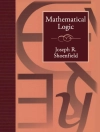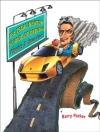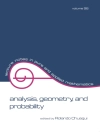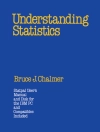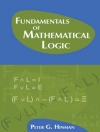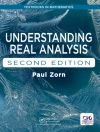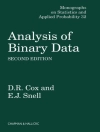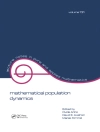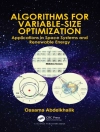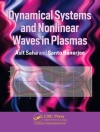This book presents a compendium style account of a comprehensive mathematical journey from Arithmetic to Algebra. It contains material that is helpful to graduate and advanced undergraduate students in mathematics, university and college professors teaching mathematics, as well as some mathematics teachers teaching in the final year of high school. A successful teacher must know more than what a particular course curriculum asks for. A number of topics that are missing in present-day textbooks, and which may be attractive to students at the graduate or advanced undergraduate level in mathematics, for example, continued fractions, arithmetic progressions of higher order, complex numbers in plane geometry, differential schemes, path semigroups and path algebras, have been carefully presented. This reflects the aim of the book to attract students to mathematics.
Contents:
- Introduction
- Natural Numbers
- Integers, Divisibility
- Rational and Real Numbers
- Complex Numbers and Plane Geometry
- Algebraic Structures — An Overview
- Polynomials
- Groups
- Rings and Fields
- Appendix
Readership: Graduates, advanced undergraduates in mathematics and professors, teachers of mathematics.
Dr Vlastimil Dlab is Professor Emeritus and Distinguished Research Professor in the School of Mathematics and Statistics at Carleton University , Ottawa, Ontario, Canada since 1998. He is Professor Hospitus at both Charles University and Beijing Normal University. He received his C.Sc. and D.Sc. degrees from Charles University, Prague in 1959 and 1966 respectively. He was elected Fellow of the Royal Society of Canada in 1977. His expertise is mathematics and mathematics education. His research interests are mainly in algebra, particularly representation theory. He is a former Editor-in-Chief of the Canadian Journal of Mathematics.Dr Kenneth S Williams is Professor Emeritus and Distinguished Research Professor in the School of Mathematics and Statistics at Carleton University, Ottawa, Ontario, Canada since 2002. He received his Ph D from the University of Toronto in 1965 and his D.Sc. from the University of Birmingham, England in 1979. His research interests are in number theory and he is currently an editor for the International Journal of Number Theory. He received two Halmos-Ford awards from the Mathematical Association of America in 2016 and 2019 for outstanding expository articles in the American Mathematical Monthly.
‘This is an excellent guide book for advanced undergraduate and graduate students to understand the basic concepts of Algebra and its fruitful relation with other branches of Mathematics. I particularly like its pedagogical approach. Each new concept is first introduced through examples commonly appearing in nature, reserving for a later step its abstract introduction, where the potential reader will be able to assimilate it without much effort. I also like the choice of the authors of accompanying the development of the theory with a lot of exercises, the most significant of which appear solved in a final section, and many historical notes that help to put into context the origin of the concepts introduced.’ – Professor Manuel Saorín University of Murcia, Spain
‘The intention of the writers is to offer the reader new concepts through a series of individual discoveries: new notions are often only loosely formulated at the beginning in order to let the reader first appreciate the importance of the idea and then to come up with a rigorous definition. The well placed exercises will have a payoff, too: most of these problems are not only drill exercises but give something important to learn; and by putting it in the form of an exercise, the authors will allow the reader to become an essential part of the story, called ALGEBRA.’ – István Ágoston Eötvös Loránd University, Hungary
‘The authors provide a well-written, engaging compendium style account of an attractive and comprehensive journey from Arithmetic to Algebra. Every teacher and student of algebra, regardless of whether teaching or studying at the high school, college, or university level, will benefit from the useful and relevant material beautifully described in this book. A unique feature of the book is the inclusion of several topics, such as continued fractions, which are often absent from present-day textbooks. Many interesting examples, remarks, and exercises are intertwined in the text.’ – Frank Marko Distinguished Professor of Mathematics Pennsylvania State University, USA
‘This book is an adventurous journey towards abstract algebra, touching on the way rarely seen beauties from other fields of mathematics. The excursions to geometry and number theory, the glimpses into the forgotten past of some well-known theories make it an interesting reading for even those who have experience in algebra. While for the novice, the didactic presentation, the well-placed, sometimes challenging exercises make the book a perfect choice for independent study.’ – Erzsébet Lukács Budapest University of Technology and Economics, Hungary


